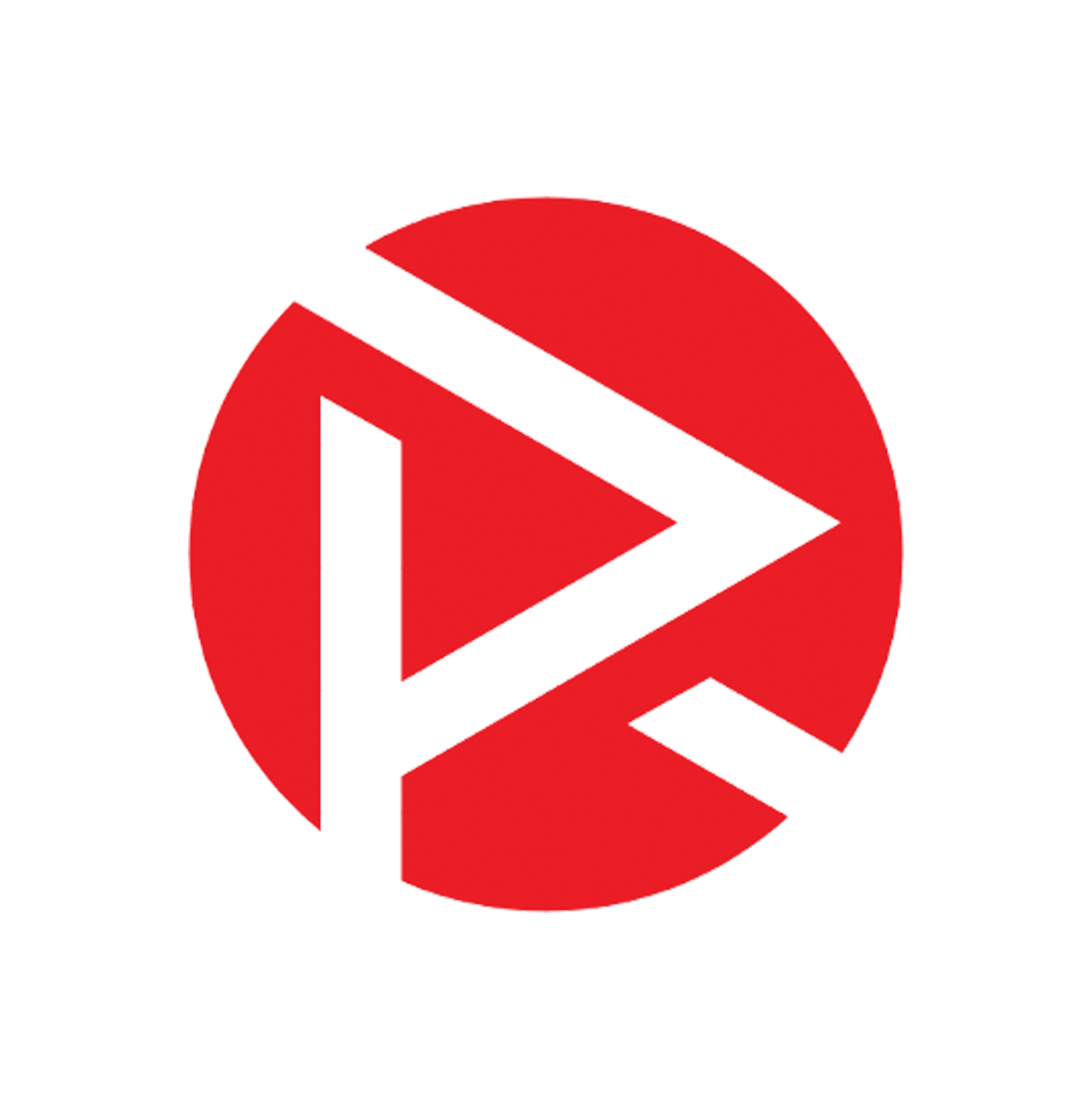Be Intentional With Your Photography and Video Production
Update!
In case you’re still on the fence of whether or not to invest in high-quality video or photo production take a look at this list of 100+ stats highlighting the growth of video and engaging online content. TikTok, Snapchat, and Instagram Stories were in their infancy when this article was originally written two years ago. The reality, this post is even more important now.
Creating art, great marketing materials, and connecting with your audience is much more than an object and a shutter. There are an infinite number of variables to consider before a photo shoot, or video production. The following tips will help you better connect with your client, their needs, and create more valuable content.
Who is your audience?
Are your looking to carve out space in a gallery? Perhaps you’re looking to create micro-content for DIY garage enthusiasts. Maybe your client is asking for guidance on their brand image and vision.
Each of these scenarios require exploration and understanding. We may be creative professionals, but the fuzzy-front-end of our process is essentially a greatest hits of design thinking. We focus on building empathy for our client, and their audience (consumer) and use that as a key component in our ideation and concept creation. Even the product photography above involves this level of understanding.
What is the intent?
Business
We look to understand the goals of client. This means more than "we want a picture", we want understand the business impact the creative assets are directly and/or indirectly supporting. Ask questions about what success looks like to them, what key performance indicators they'll be tracking, and their goals in terms of business impact. Not all of these will be "SMART" (Specific, Measurable, Accurate, Reliable and Timely), and not all will be directly tied to business impact. But, even a basic understanding of your client's business goals can help tailor the creative to reach their business goals.
Understand the brand, the consumer, and how to communicate effectively between the two.
Emotional
What should the viewer, and more importantly target audience feel after experience your creative? What emotional needs does the consumer have when experiencing the product or service you're filming? What emotions will their family have? Are you trying to tap into nostalgia, or are you trying to relieve anxiety? Think through the intent from the emotional perspective of consumer, and decision maker during your process. Sometimes it isn't the person using the tool you need to move, it's the person that enables the use or purchase of the tool.
Humans are emotive beings. Developing empathy for the consumer, and creating images that speak to their needs and the emotions attached to them can create trust and even brand loyalty.
Functional
This is probably the easiest to capture, but the easiest to overlook. Functionality isn't always provocative, moving, or appealing, but if you're producing training materials, or creating do-it-yourself content you better capture the functionality of your subject in a way others can understand.
What is your medium?
Based on the audience, and the intent, you should have a pretty good idea which of the following mediums (modes of delivery) accomplishes the goals of your client and more importantly the goals of the consumer/user best. Sometimes it's a combination of two, three, or a medium not captured below.
Photography
It can be less expensive than video (not cheap), infinitely shareable on social media, and can be re-purposed for use in video, placed on a website, or built into a digital experience. The challenge is communicating value, intent, and evoking emotion in a single frame without having it become cluttered. Tip, don't limit yourself to telling a story through a single message, maybe it's a collection of photos, or series of ads that ladder up to a bigger picture. However, make sure each photo drives impact on its own.
Video Production
The cost can range from inexpensive, to blockbuster, but the growth and value in video content is undeniable. Google champions their "Micro Moments" strategy, and social video content generates 1,200% more shares than its text and photo counterparts. Video's on landing pages can increase conversions by more than 80% and 64% of consumers make a purchase after watching branded social videos. Over 500 million hours of DIY content was uploaded to YouTube in the first half of last year.
Narrative and story are important, but creating bite-size content that compliments your larger media-spend and projects increases your reach, and puts you on the path to a true content-marketing plan that targets your consumer where they are, not where you need them to be.
Digital and Real-World Experiences
No. This doesn't mean an app. This means creating a meaningful experience across your mobile, desktop, social, and physical footprint. Applications can be a part of this, but look into other platforms and figure out what you can utilize to drive your brand story, or create a unique experience that resonates with your consumers and their needs. This could mean recipe competitions on instagram, real-world scavenger hunts, pop-up shops/experiences, live-streaming via Instagram/Facebook/YouTube Live. The possibilities are endless, which is why you need to be intentional, strategic and consumer focused.
Aaron talks with a group of photographers during the second day of a interactive photography workshop. We streamed live nuggets of info out to Instagram, and Facebook Live throughout the two days.
We're big fans of rapid experimentation/prototyping and learning loops, especially when it comes to pushing the boundaries of content creation and content marking. If you know your client/consumer, you allow yourself to focus on the variables that matter. You become intentional.






